Cologne, or Köln, is a destination that does not commonly make the short-list for most tourists planning their itineraries for visiting Germany. Located in the industrial federal state of North-Rhine Westphalia, the city is clearly not a winner when it comes to naming places in Germany that are the most beautiful.
Tragically, the main reason behind the less than picturesque aesthetic of Cologne is due to approximately 90% of the city having been destroyed by bombing raids during the Second World War. In the aftermath, the city was hastily rebuilt with thoughtlessly designed modernist architecture that did little to consider the previously existing historical structures.
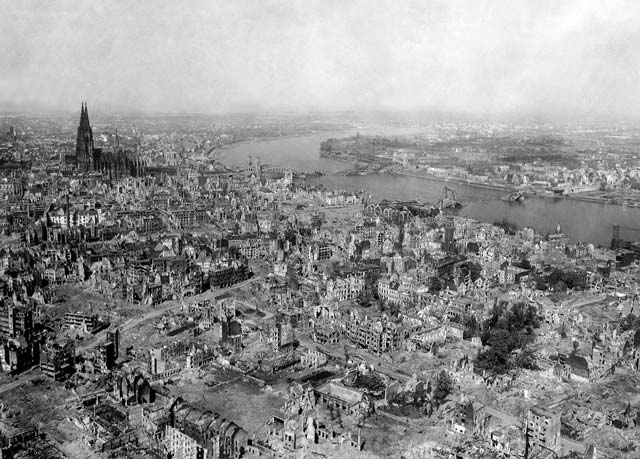
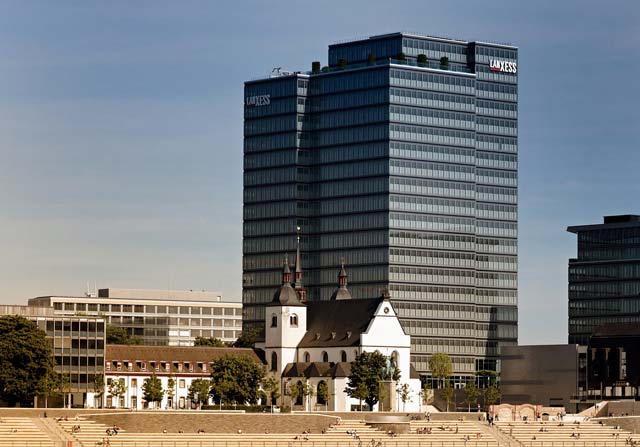
While residents in other cities would likely be dismayed by the uninspired visual styles of the buildings, Kölners, as the locals are called, have instead internalised this condition as a key component of Cologne’s underlying charm and character. The definite lack of glamour is what drives the boundless patriotism and pride felt by the citizens of Cologne. They simply love the city for what it is and are not blinded by supposed superficial beauty.
How Cologne residents view the city is how they view themselves; open-minded; easy-going; and never striving to be world class. From their perspective, this philosophy stands in direct opposition to the attitude apparently embodied by their neighbour and rival city to the north, Düsseldorf. The contention between these two cities permeates throughout all aspects of their society, from sports teams to the beer culture.
Kölsch and Cologne cuisine
On the topic of beer, Kölsch is the inarguable official drink of Cologne and will often be the only beer available on draught in most bars. It is a rather light, ale-lager hybrid that is served in comically small 200ml (7oz) sized glass that is more reminiscent of a vial. Kölsch is decisively non-offensive but has the tendency of going flat quite quickly, which is likely the reasoning behind its small glass size.
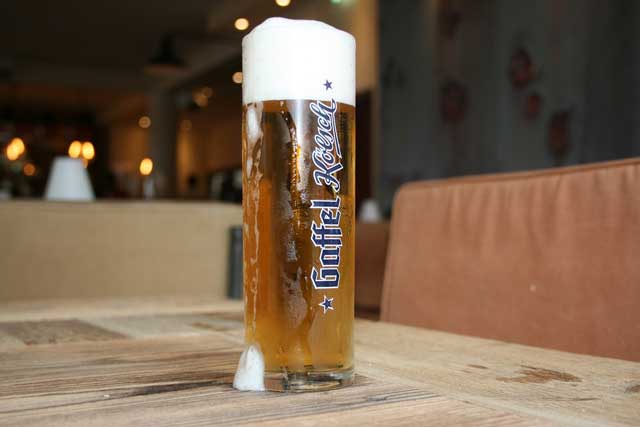
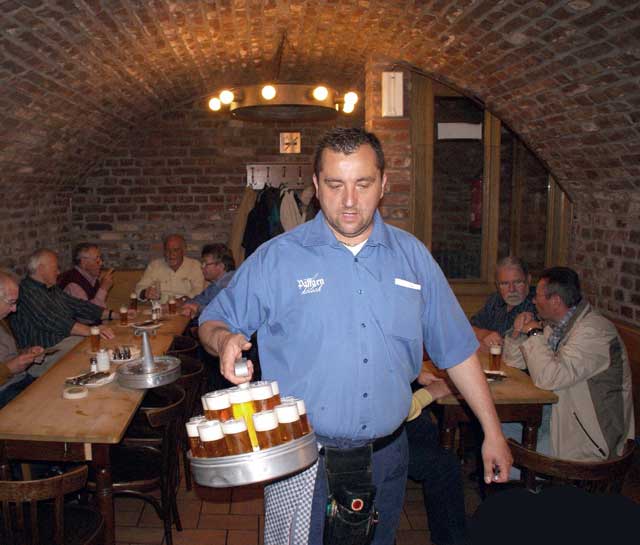
Fear not about running out of beer due to the small serving size however, since the pub culture of Cologne dictates that a freshly poured Kölsch will be brought to you before you’re able to place the empty glass back on the table. There is no need to even order the next one since Kölsch will continue to arrive only until a beermat is placed atop of the glass. A second beermat is conveniently used by the server to count how many glasses were consumed as you will have certainly lost count.
After the ingestion of copious quantities of Kölsch, food is likely the next thing on any visitor’s mind. Apart from the traditional fare found in most regions of Germany (i.e. pork, potatoes and some sort of cabbage), there are also some dishes originating from the surrounding Rhineland area usually available.
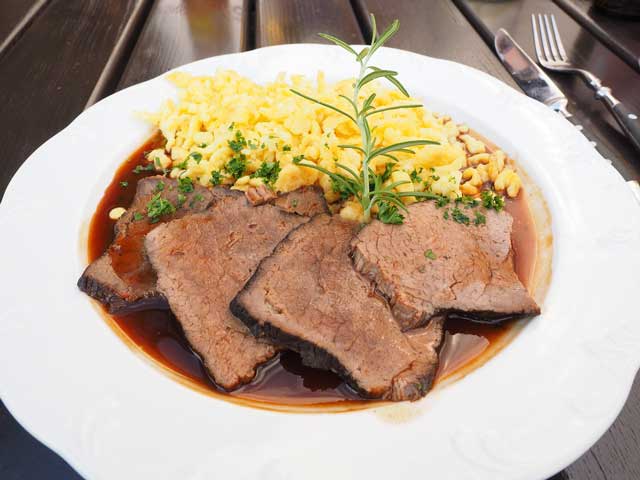
Himmel un Ääd, translated from the local dialect as ‘Heaven and Earth’, consisting of blood sausage, fried onions, mashed potatoes and apple sauce, is one particularly famous meal. Someone more daring may wish to try the regional variant of Sauerbraten, meaning ‘sour roast’, which is traditionally made from horse meat, although this will admittedly be somewhat tricky to find as beef is now much more commonly used.
What can be found in Cologne?
In terms of recommending things to see and do in Cologne, some tourists may be disappointed in the limited number of world-renowned landmarks and attractions given the comparatively large size of the city. The one major exception, however, is the Cologne Cathedral, or Kölner Dom, which as the second tallest cathedral in the world, is actually the most visited landmark in Germany.
While the height and grand scale of the structure is simply unmatched by anything else in the city, visitors will immediately notice that the cathedral is seemingly caked in a dark layer of grime. This is due in large part to the historically heavy pollution from nearby industry being absorbed over the years by the porous building material.
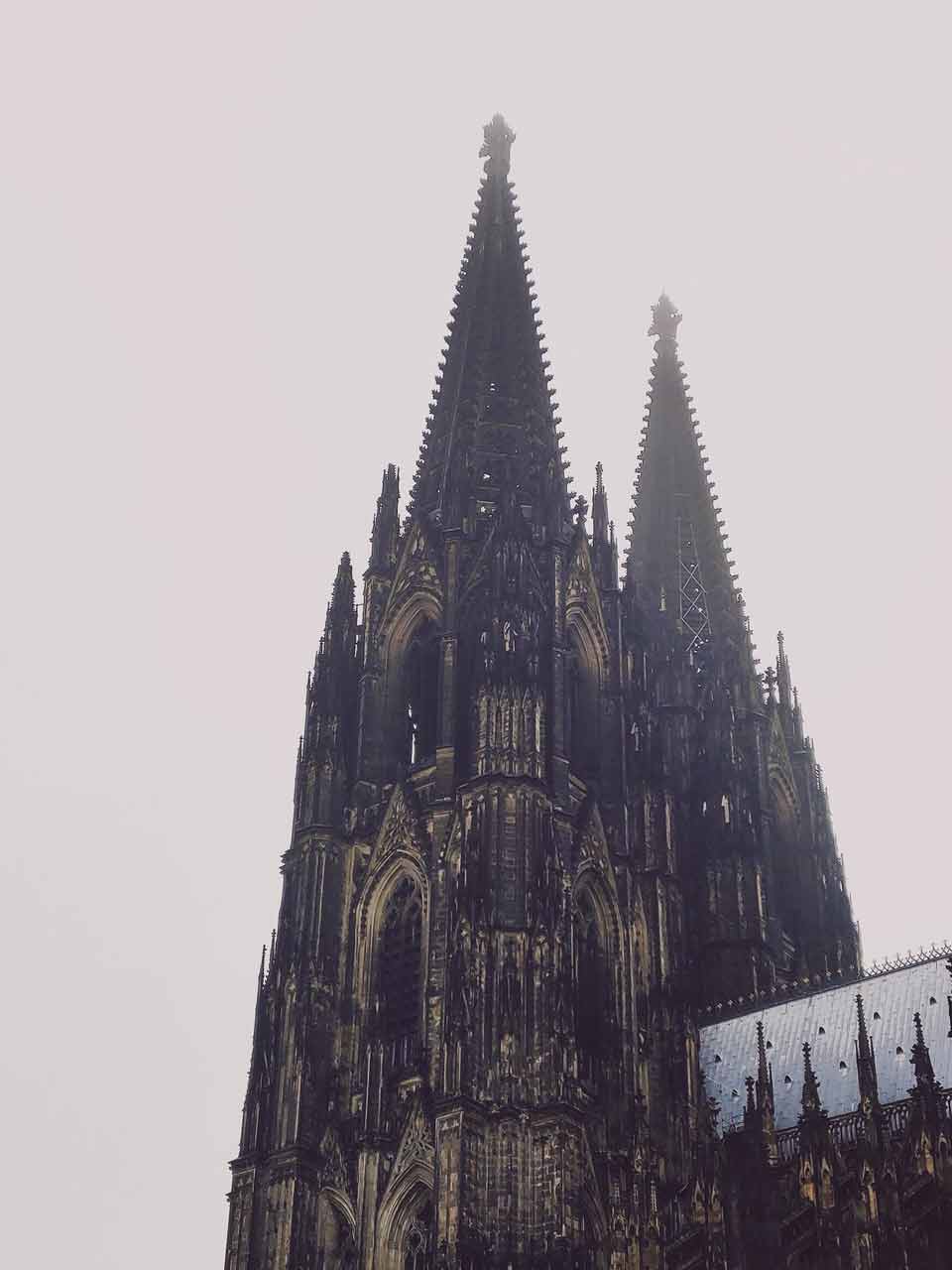
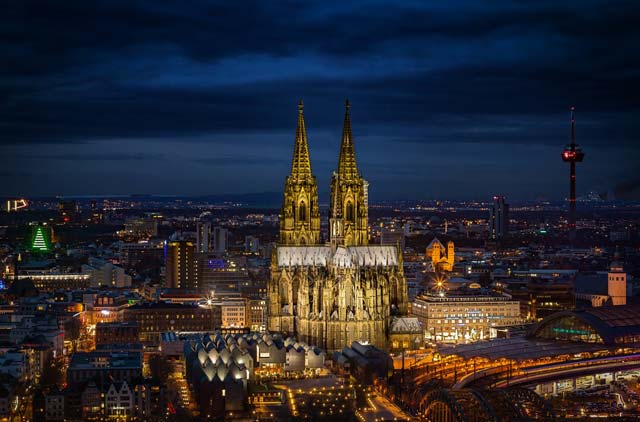
In the surrounding area by the Cologne cathedral and extending to the shores of the Rhine river, one will find a relatively small Altstadt, or old town, which offers visitors some of the few historical buildings left in the city. Although with Cologne being previously demolished by bombs as already mentioned, much of the old town area is just a recreation and is still interspersed with the occasional modernist structure. This corner of the city is also where most of the tourists tend to congregate.
Other commonly visited spots include the promenade by the Rhine, as well as the main railway bridge which crosses the wide river and is now adorned with thousands of rusty locks; a feature that every city seems to have these days. The pedestrian section of the bridge is rather narrow, but often very crowded. To make matters worse, inconsiderate cyclists will often attempt to weave through the groups of people at a considerable speed.
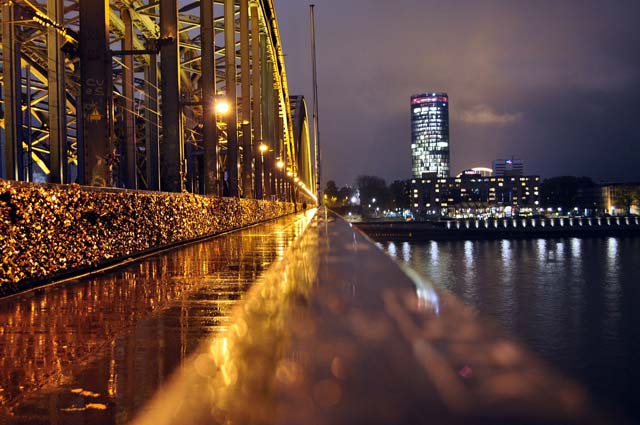
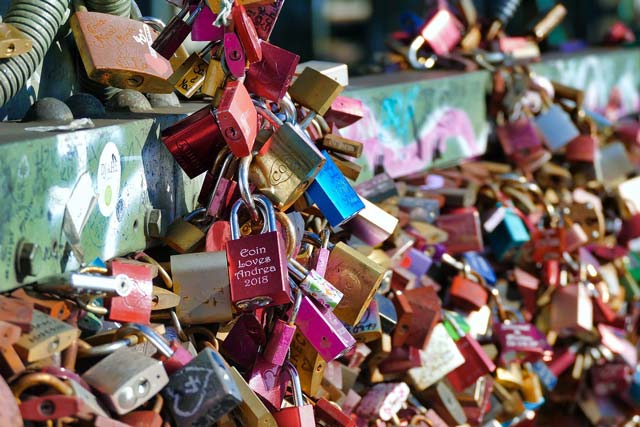
Cologne does boast a number of different museums covering modern art, roman artefacts, and somewhat confusingly, chocolate. Despite the city certainly not being one of the chocolate capitals of the world, the ‘Imhoff Chocolate Museum’ is the second most visited tourist site in the city. This again highlights the fact that, aside from the Cologne Cathedral, there are not all that many sites to visit.
Perhaps the best recommendation on a specific activity to partake in while in Cologne, is to simply do as many of the locals often do and find a quiet setting directly by the Rhine in the company of Kölsch. Watching the river barges float steadily by while you become inebriated with beer will probably be the highlight of any trip to this city.
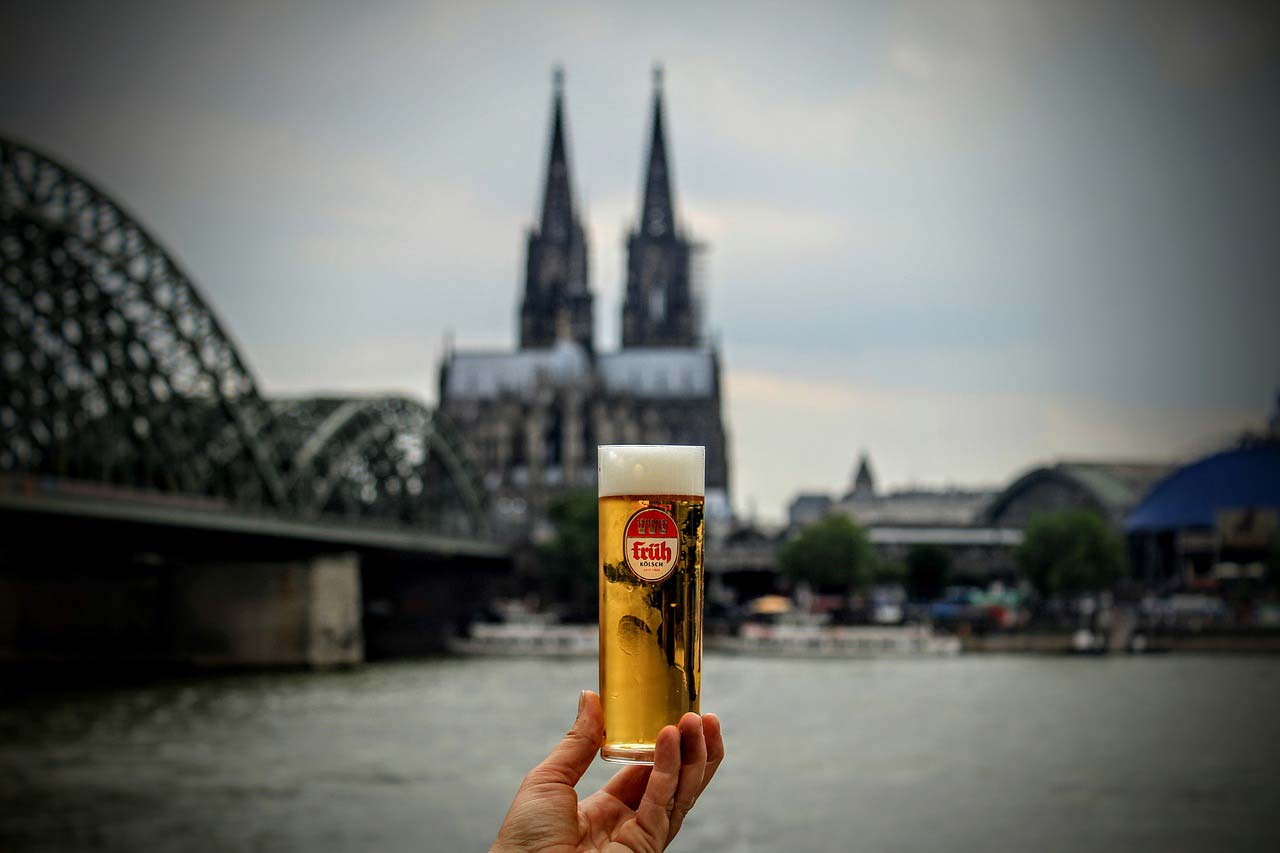
Some words on Kölner Karneval (Cologne Carnival)
Cologne can be said to be a city of contradictions. On one side, the city is by all accounts very Catholic; a fact which is certainly made tangible by the presence of the gargantuan cathedral. On the other hand, however, the city is known within Germany as being one of the more liberal-leaning places politically as well as having the reputation as a party destination. This is particularly true in the case of the famous Cologne Carnival celebration.
Known simply as ‘Karneval’ by the locals, this annual event further exemplifies the hypocritical nature of Cologne’s confused identity. Half-jokingly referred to as the fifth season of the year, the Carnival period officially begins on the 11th of November and culminates with a week-long festival that directly precedes the religious observance of Lent.
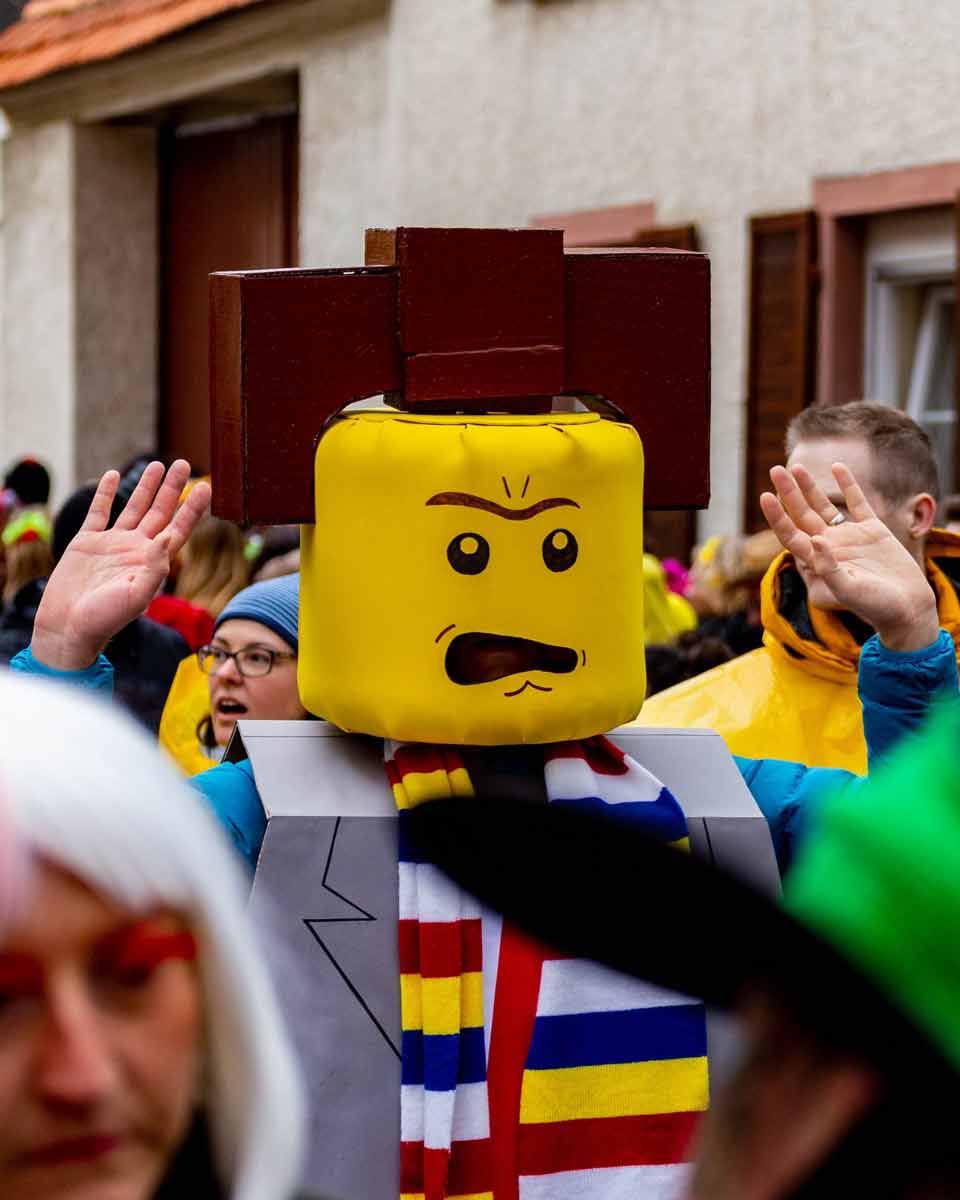
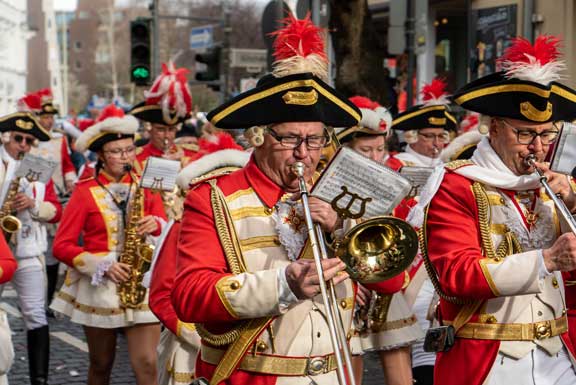

It is during this final week where the entire city devolves into a state of complete depravity. From the early morning and then lasting well into the night, the streets become packed with heavily intoxicated costumed revellers. Non-participating residents of Cologne will typically escape the city for the week to instead go on vacation as the city shuts-down and ceases to function. By the end of it all, the consequent odour, from all the spilled alcohol, urine, and vomit, engulfs the city and does not honestly subside until several weeks later.
Travelling around Cologne
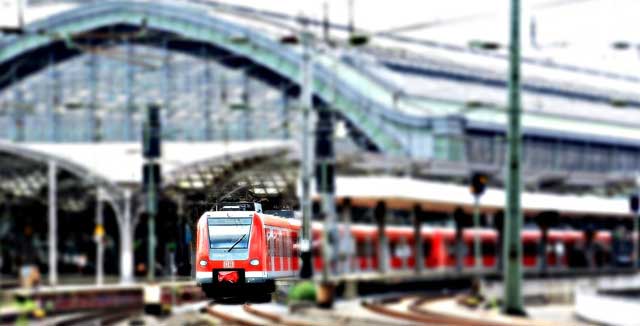
One of the finer and positive points to mention about the city is the well-functioning transit system. While the metro, or U-Bahn, is actually just a few tram lines that happen to go underground, there will likely not be any issue traversing Cologne due to the city being relatively compact. No journey from any two points in Cologne should take more than 45 minutes by using public transport.
Given the convenience of transit, there is little need to use taxis, which in Germany are somewhat high-end. As with other German cities, taxis in Cologne are almost always luxurious Mercedes which will naturally cost an exorbitant sum of money to ride in.
Cycling also remains a possibility due to the general flatness of the city and surrounding areas. However, do be warned that bike lanes are not particularly well-marked and drivers in Cologne tend to give little space when the road becomes narrow.
The overall ‘Snarky Recommendation’ on Cologne
Cologne, as a specific main destination for a trip, should not necessarily make the top of a travel bucket list unless the debauchery of Karneval has piqued your interest.
That being said, due to the city’s rather convenient location between many other interesting western European places, it’s quite likely that the city will be a natural stop-over point while on an extended ‘Euro trip’.
For this reason, should you find yourself transiting through the Rhineland, it could be suggested to spend a night or two in the city as this would give you a moderately full sense of the city’s atmosphere. Even a few hours could arguably suffice, if only just to be able to experience the unique Kölsch beer custom.
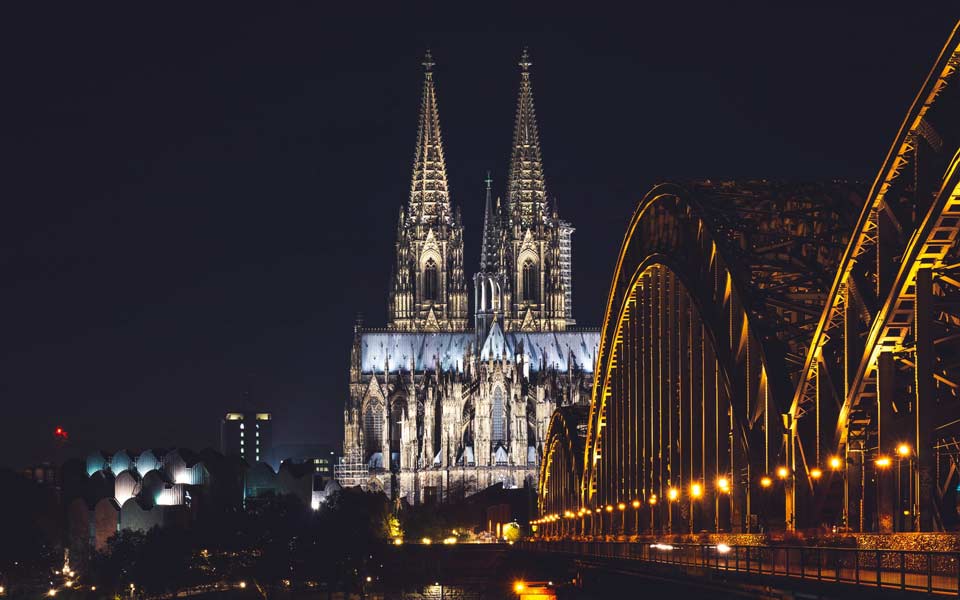

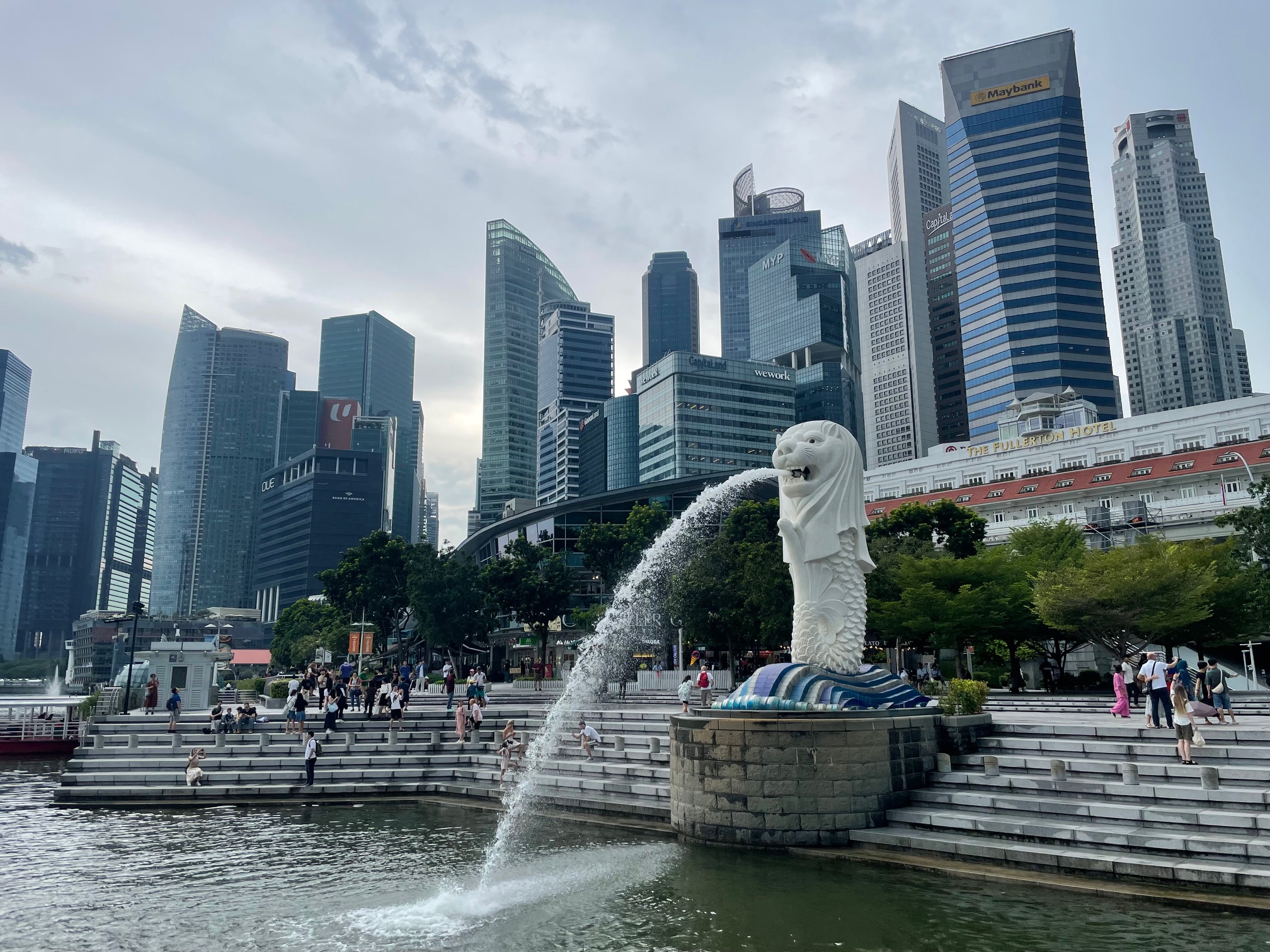
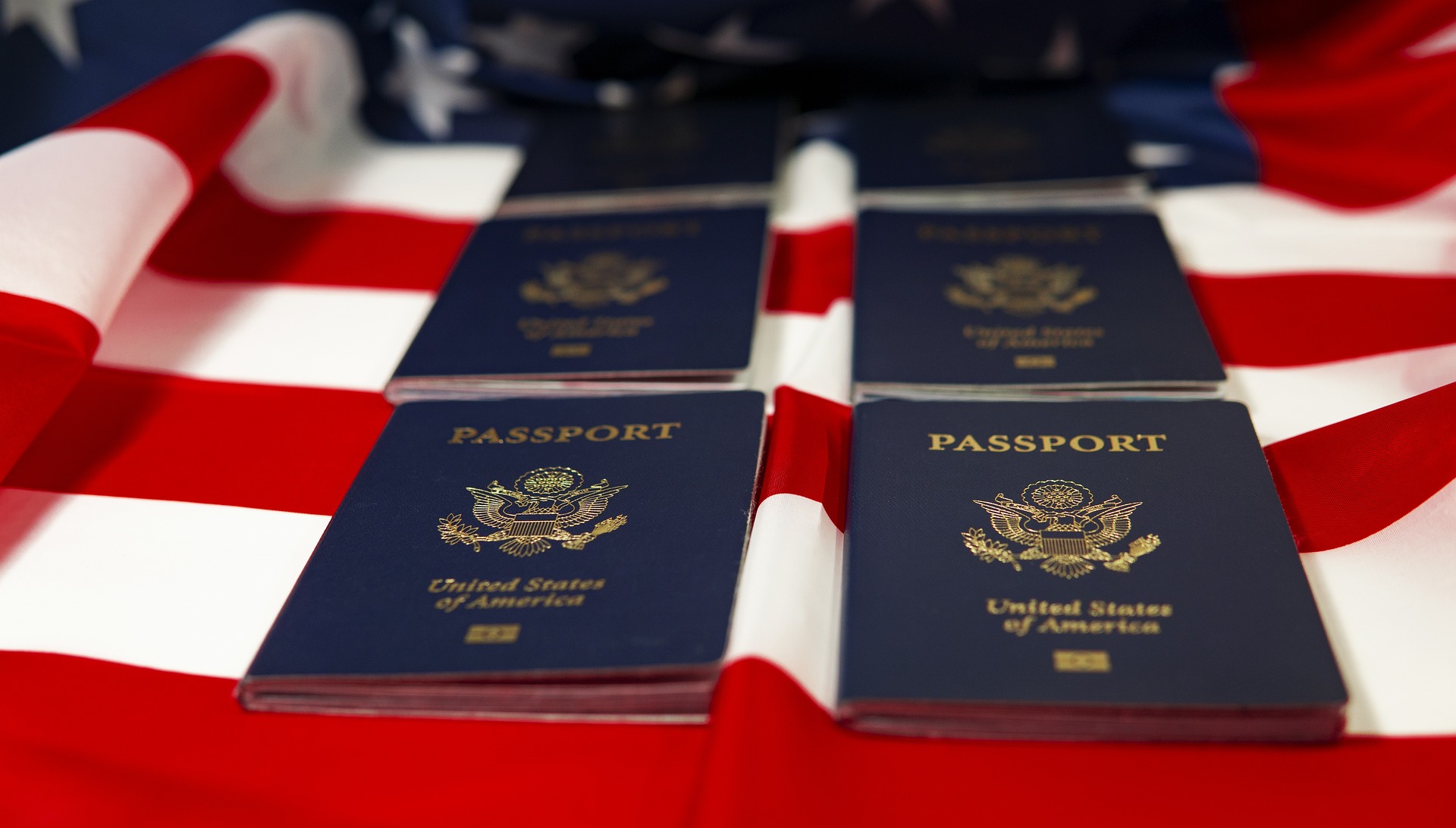
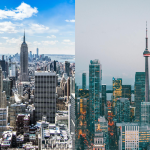
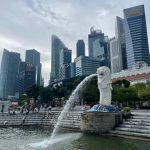

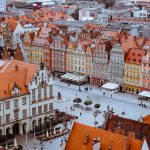
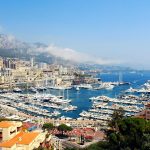
Leave a Reply